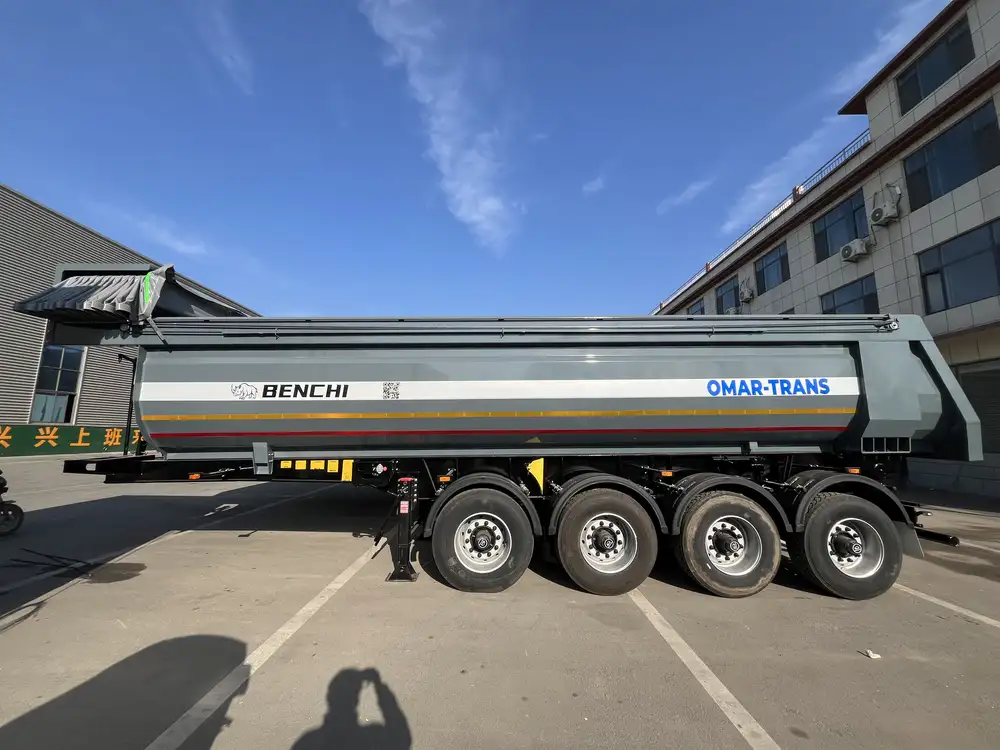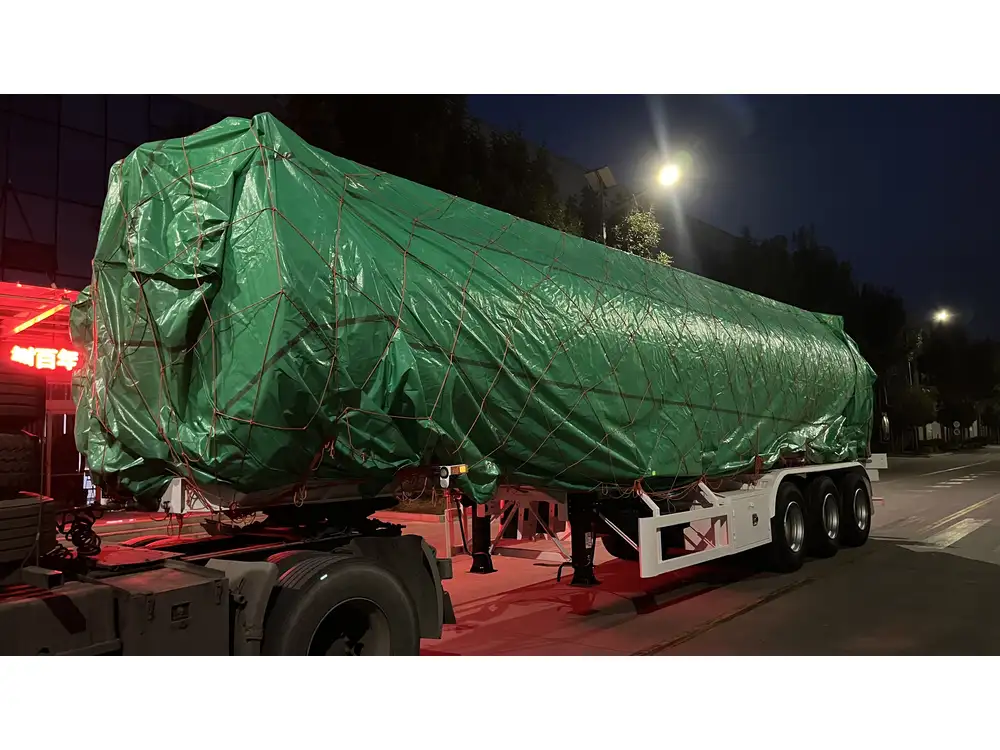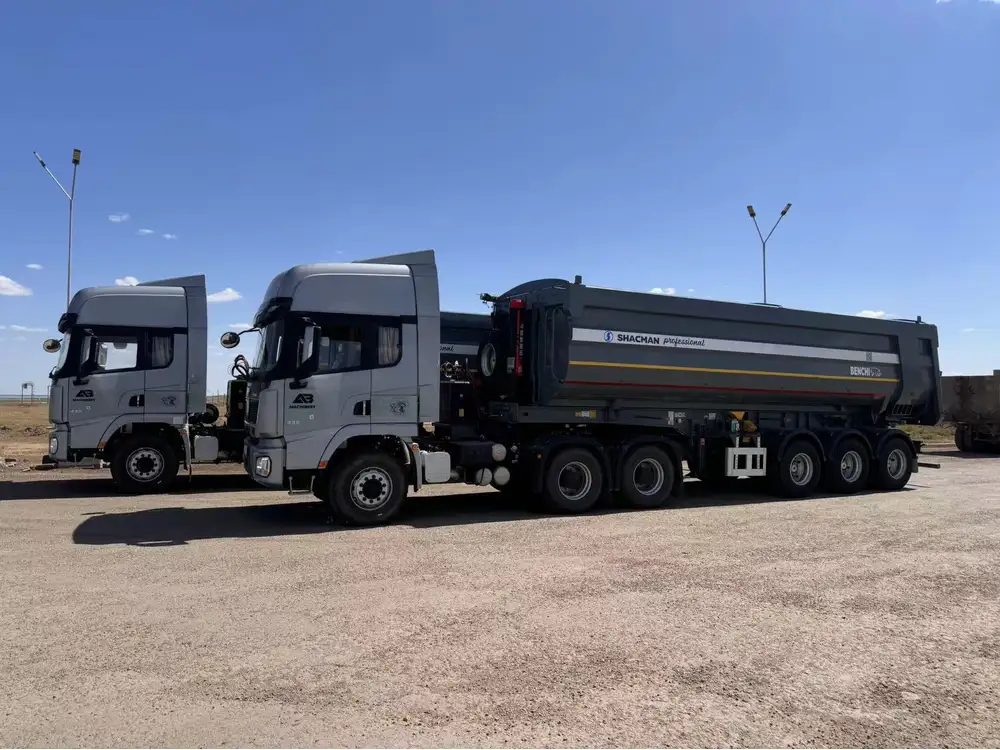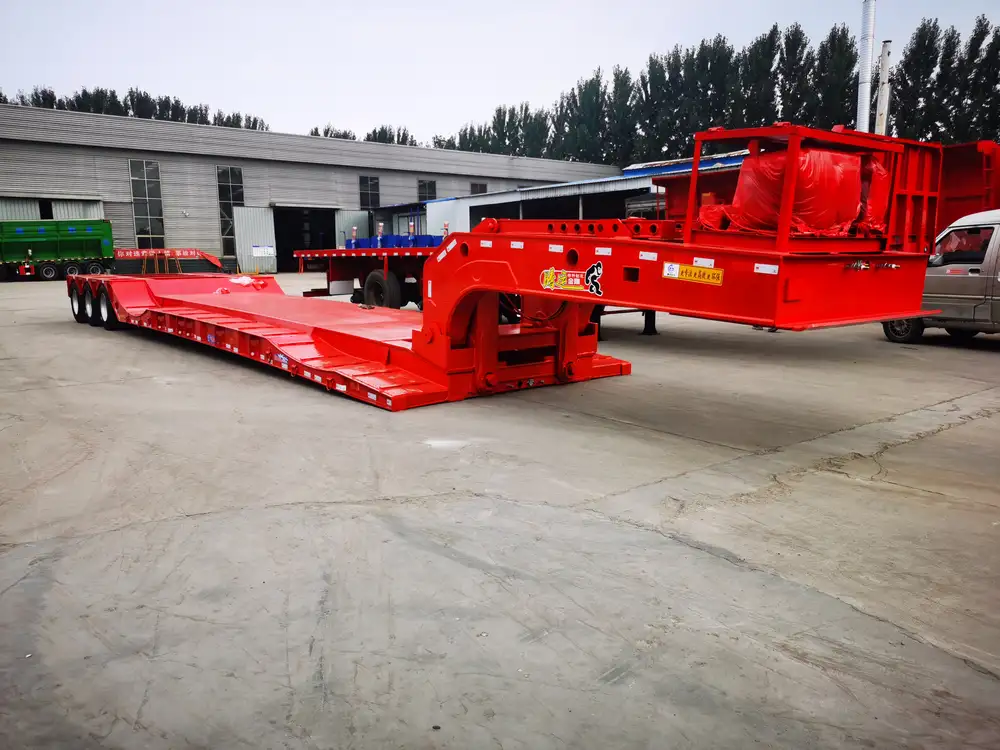When traversing the open roads, the integrity and safety of a semi-trailer can largely hinge upon environmental conditions, particularly the wind. For manufacturers and operators alike, understanding how wind affects semi-trailer performance is critical for ensuring safety, efficiency, and longevity of the vehicle. In this article, we will delve into the dynamics of wind resistance, evaluate standard tolerances for semi-van trailers, and elaborate on best practices for maintaining performance under windy conditions.
Wind Load Fundamentals: The Science Behind Wind Resistance
The Physics of Wind Load
Wind load refers to the force exerted by wind on a structure, a crucial factor for any vehicle, especially semi-trailers that are often subject to varying atmospheric conditions.
Equation of Wind Force: The wind force acting on a semi-trailer can be calculated using the following formula:
[ F = 0.613 \cdot A \cdot V^2 ]where:
- ( F ) = wind force in Newtons,
- ( A ) = surface area of the trailer in square meters,
- ( V ) = wind speed in meters per second.

Factors Influencing Wind Resistance
Vehicle Design: The aerodynamic design of a semi-van trailer influences how it interacts with wind. Streamlined designs can significantly mitigate wind resistance.
Weight Distribution: A well-distributed weight can enhance a trailer’s stability against side winds. Heavier loads provide greater inertia, making it challenging for the wind to tip over a trailer.
Height of the Trailer: Taller trailers are more susceptible to wind forces compared to their lower counterparts. A higher center of gravity can lead to increased tipping risks.
Comparison of Wind Speed vs. Potential Risks
| Wind Speed (mph) | Description | Risk Level |
|---|---|---|
| 0-10 | Light Breeze | Minimal risk |
| 11-20 | Moderate Wind | Caution advised |
| 21-30 | Strong Wind | Increased instability |
| 31-40 | Very Strong Wind | High risk of tipping or loss of control |
| 41+ | Severe Gale and Beyond | Extreme caution required |
Determining Safe Wind Thresholds for Semi-Van Trailers
While the forces from wind can be calculated, the real-world application requires understanding how much wind a semi-van trailer can safely endure.
Industry Standards: Generally, most semi-trailers are designed to handle winds up to approximately 30-40 mph without significant risk of tipping or loss of control. However, manufacturers often estimate accordingly based on aerodynamic shape and loading conditions.
Trailer Configuration: Reefer trailers, for example, may exhibit different thresholds due to additional weight from refrigeration units, while flatbeds may have a different wind profile due to their load distribution.

Best Practices for Maintaining Safety in Windy Conditions
Navigating through windy conditions successfully necessitates a proactive approach. Below are strategies that can be employed by both operators and fleet managers.
Pre-journey Inspection
Check Load Security: Ensuring that loads are secured properly can prevent shifting which may destabilize the trailer.
Inspect Trailer Condition: A thorough check of the trailer’s body integrity can flag potential issues that may magnify the effects of wind.
Driving Techniques
Adjust Speed: Lowering speed in windy conditions can enhance stability. It’s advisable to travel 10-15 mph slower than usual in winds exceeding 20 mph.
Maintain Distance: Keeping a safe distance from other vehicles allows for better maneuverability, should a wind gust affect steering.
Use Caution During Turns: When approaching turns, slow down significantly to maintain control, as the centrifugal force combined with wind can lead to tipping.

Towing Recommendations
- Understanding the Load: Different loads create varying wind profiles. For instance, a 53-foot van loaded with machinery may present different aerodynamics compared to one loaded with lighter, more open materials.
Scenario Analysis: Case Studies
To further comprehend how semi-van trailers perform under adverse wind conditions, we present two hypothetical case scenarios:
Scenario 1: A Windy Long-Haul Trip
- Conditions: 35 mph steady winds with gusts up to 45 mph.
- Actions Taken: The driver reduces speed to 55 mph, maintains a safe distance, and pulls over to indicate necessary breaks.
- Outcome: Successfully navigated through wind by employing adaptive driving techniques. No incidents reported, all cargo reached safely.

Scenario 2: Encountering Sudden Gusts
- Conditions: Traveling over a bridge where wind gusts reach 50 mph suddenly.
- Actions Taken: The driver reacts by gripping the wheel firmly and reduces speed immediately while assessing for safe braking points.
- Outcome: A slight sway occurred, but due to proactive driving, the driver maintained control and averted any catastrophic outcome.
Evaluating the Risk of Lighter Trailers
When considering lighter trailers, such as those constructed from composite materials, the risk associated with wind can escalate. These trailers, while beneficial for fuel efficiency, exhibit different dynamics under wind forces.
Table: Weight Class Considerations
| Trailer Type | Average Weight (lbs) | Wind Resistance Threshold (mph) |
|---|---|---|
| Standard Van Trailer | 30,000-35,000 | 30-40 |
| Light Composite | 20,000-25,000 | 25-30 |
| Heavy-Duty Flatbed | 35,000+ | 40-50 |

Technical Innovations for Wind Resistance
In tandem with basic precautions, advancements in semi-trailer design and technology are continually being explored to enhance wind resistance:
Aerodynamic Enhancements
- Fairings: Add-ons that reduce turbulence around the trailer thus lessening wind impact.
- Rear Skirts: Improving airflow around the wheels contributes to overall aerodynamic efficiency.
Data Analytics
- Weather Monitoring Systems: Equipped with real-time data can alert drivers to wind conditions specific to their route.

Conclusion: Preparing for Windy Drives
Understanding the implications of wind on semi-van trailers is paramount for manufacturers, operators, and customers alike. Armed with knowledge about wind resistance, safety practices, and technical advances, we can better navigate the complexities of windy conditions.
As a semi-trailer manufacturer, our commitment is to not only produce robust trailers but also to provide vital insights for safe operational practices. By adopting best practices, utilizing innovations, and embracing knowledge, we can elevate the safety and performance of semi-trailers on every journey.



